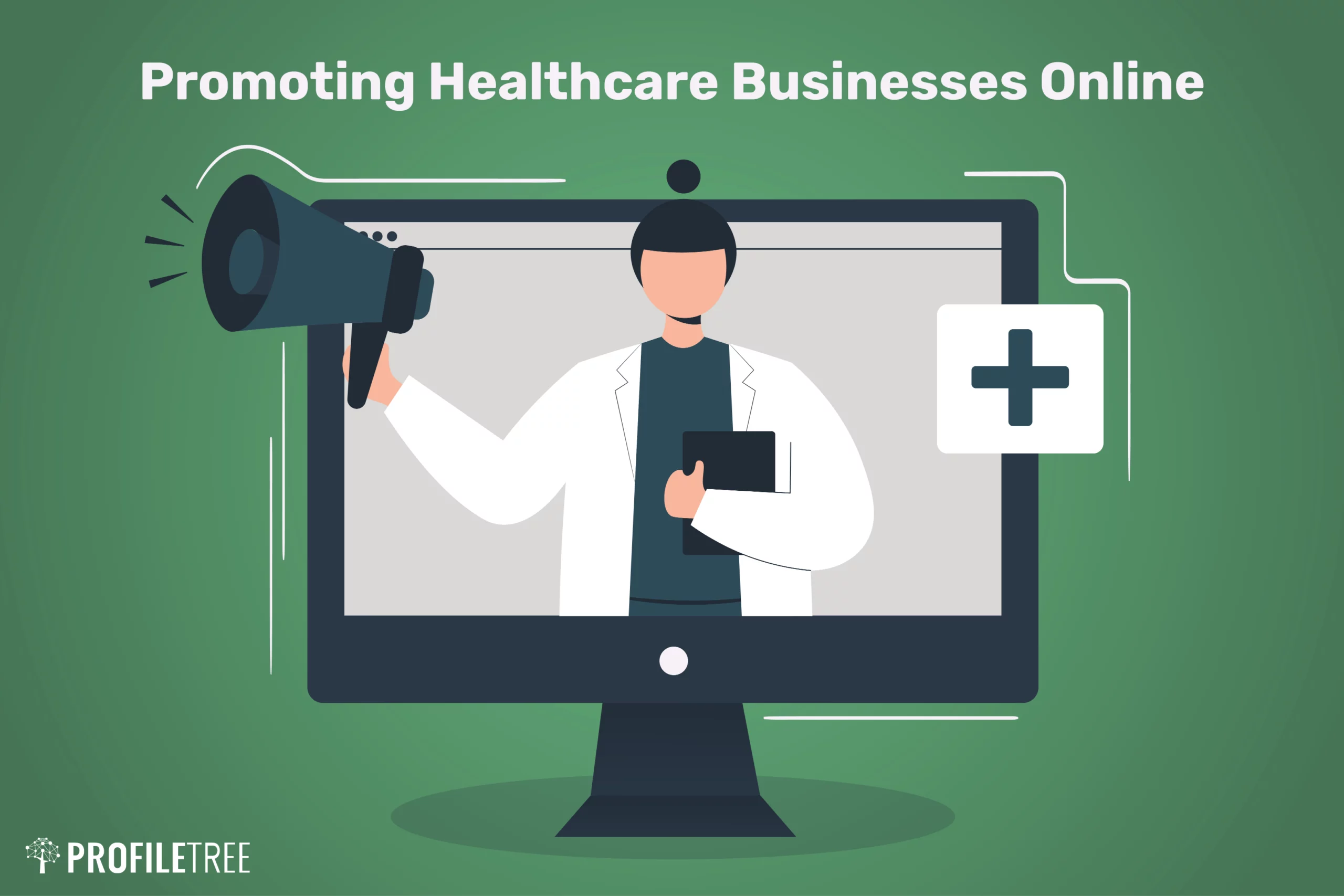Understanding the Cost-Effectiveness of Subscription-Based Health Care Models
As the health care landscape evolves, subscription-based models become a compelling choice, guaranteeing to redefine how individuals handle medical costs. Assessing these designs' cost-effectiveness requires a nuanced comparison with conventional insurance, taking into consideration both economic ramifications and patient fulfillment. While they supply openness and predictability in expenses, inquiries stay regarding their capability to meet varied health care demands, specifically for specialized therapies. The viewpoints of doctor additionally complicate this equation, offering a complex difficulty. What does the future hold for these versions, and can they absolutely supply on their assurance of accessible, inexpensive treatment?
Overview of Subscription-Based Designs
Subscription-based healthcare models, occasionally described as straight medical care or concierge medication, are increasingly getting attention as a prospective option to inadequacies within typical medical care systems. These versions operate the concept of offering individuals direct accessibility to doctor with a regular monthly or yearly charge, bypassing the demand for standard insurance coverage devices. This setup intends to enhance patient-provider interactions by minimizing administrative worries, which often impede timely and individualized care.
At the core of subscription-based designs is the emphasis on a much more customized patient experience. Clients gain from improved accessibility to their doctors, frequently consisting of next-day or same-day consultations, prolonged appointment times, and direct communication channels such as phone or video phone calls. This design promotes a positive method to medical care, where patients and suppliers can collaboratively concentrate on preventative care and persistent disease administration.

Expense Contrast With Conventional Insurance Coverage

One of the main monetary benefits of subscription models is openness in expenses. People pay a foreseeable cost, which can simplify budgeting and financial preparation. Additionally, these models generally get rid of co-pays and deductibles for protected services, reducing out-of-pocket spending. Alternatively, traditional insurance may be a lot more beneficial for individuals requiring specialized treatment or expensive therapies not covered under a subscription version, as they benefit from the more comprehensive coverage network and cost-sharing devices.
Nevertheless, cost-effectiveness is context-dependent. While membership designs might provide financial savings for those mainly needing key care, individuals with chronic conditions or specialized medical care needs could locate typical insurance a lot more extensive. Therefore, evaluating specific healthcare needs and possible usage is crucial in figuring out one of the most economical option for individuals.
Impact on Person Complete Satisfaction
Person fulfillment within subscription-based health care designs usually mirrors a considerable enhancement over traditional insurance systems. This improvement is mainly credited to the personalized care and availability these designs provide. Individuals frequently report greater satisfaction due to lowered delay times and the ease of scheduling visits. Unlike typical systems, where clients could experience hold-ups in obtaining care, subscription-based models guarantee even more timely and straight communications with healthcare suppliers.
In addition, the transparency in costs associated with subscription-based healthcare eases the typical stress connected to unanticipated costs and intricate billing procedures seen in conventional insurance (subscription based healthcare). Individuals appreciate understanding the specific economic dedication upfront, bring about raised trust and self-confidence in their i loved this medical care administration
In addition, the focus on precautionary treatment and wellness in registration versions adds to improved health and wellness results, even more boosting person satisfaction. check that By concentrating on recurring health maintenance as opposed to anecdotal care, patients experience an even more constant and all natural medical care trip.
Furthermore, the improved provider-patient connection promoted in these designs, identified by even more time spent per individual and tailored attention, plays an important function in elevating individual complete satisfaction levels, as people really feel truly taken care of and comprehended.
copyright Viewpoints and Experiences
From the company's point of view, subscription-based medical care models provide a transformative strategy to supplying medical services. These designs highlight a proactive and preventative medical care method, allowing providers to concentrate on comprehensive patient care without the restrictions of standard fee-for-service setups (subscription based healthcare). This shift in emphasis frequently results in improved individual outcomes and enhanced supplier satisfaction, as healthcare specialists can designate more time and sources to individual interaction and personalized treatment plans
Furthermore, membership designs assist in foreseeable profits streams, which enhance monetary security for medical care suppliers. This predictability enables enhanced resource preparation and appropriation, adding to an extra reliable healthcare distribution system. Service providers can buy staff framework, training, and innovation improvements, thereby enhancing the high quality of treatment used.
However, the transition to subscription-based models is not without obstacles. Companies have to adjust to brand-new functional frameworks, which can entail considerable modifications in payment methods and individual management systems. Furthermore, there is an inherent need for robust information monitoring to track client outcomes and guarantee quality treatment. In spite of these hurdles, many companies find that the benefits of enhanced individual interaction and streamlined operations exceed the first challenges, making subscription-based designs an eye-catching choice.
Future Potential Customers and Difficulties

A primary obstacle is regulative compliance, as registration versions need to abide by advancing healthcare policies and insurance requirements. This requires constant adjustment and innovation to guarantee positioning with legal criteria. Furthermore, integrating these models right into existing health care facilities can be complex, calling for substantial investments in innovation and training.
There is also the potential threat of developing injustices in medical care accessibility, as registration versions might prefer those who can afford them, leaving vulnerable populaces underserved. Addressing this calls for thoughtful consideration of rates techniques and aid mechanisms to make certain inclusivity.
Final Thought
Subscription-based healthcare designs present a feasible alternative to conventional insurance coverage by offering monetary predictability and openness, specifically benefiting people with persistent problems or frequent health care requirements. The cost-effectiveness of these models is contingent upon individual medical care use patterns and situations.
Subscription-based healthcare versions, often referred to as direct key treatment or concierge medication, are progressively acquiring interest as a possible solution to inadequacies within standard health care systems. Unlike typical systems, where individuals could experience delays in getting treatment, subscription-based versions ensure more direct and prompt interactions with health care providers.
These versions emphasize a preventative and aggressive health care approach, allowing suppliers to concentrate on comprehensive client care without the restrictions of conventional fee-for-service arrangements. As these models proceed to get traction, they offer the potential to change individual accessibility to care, streamline service distribution, and optimize healthcare spending.Subscription-based health care designs offer a sensible option to typical insurance coverage by providing economic predictability and transparency, specifically benefiting people with persistent conditions or regular health care requirements.
Comments on “Discovering the Growth of Subscription Based Healthcare in the Digital Age”